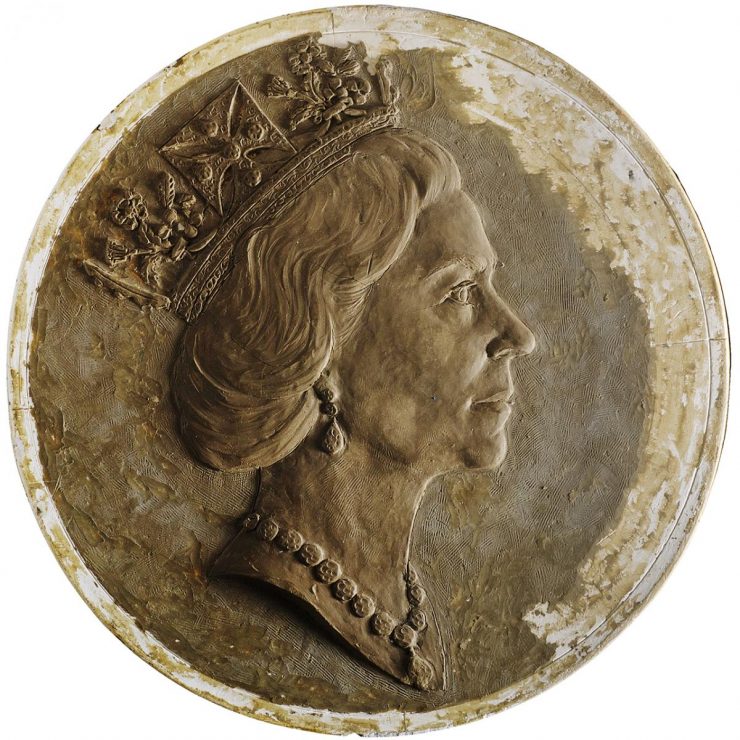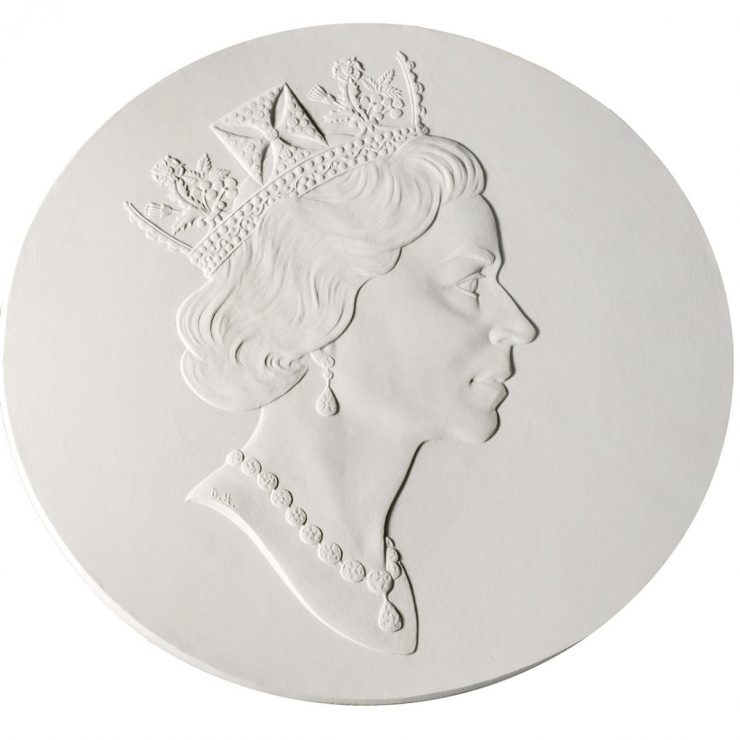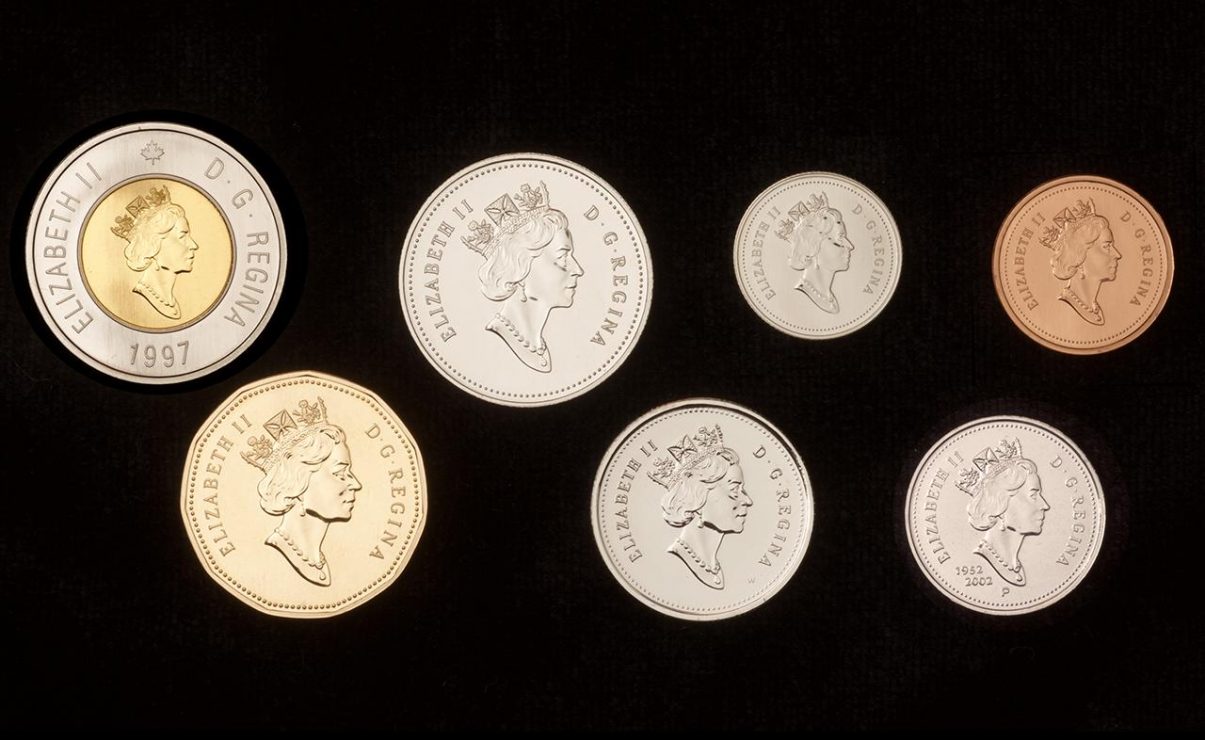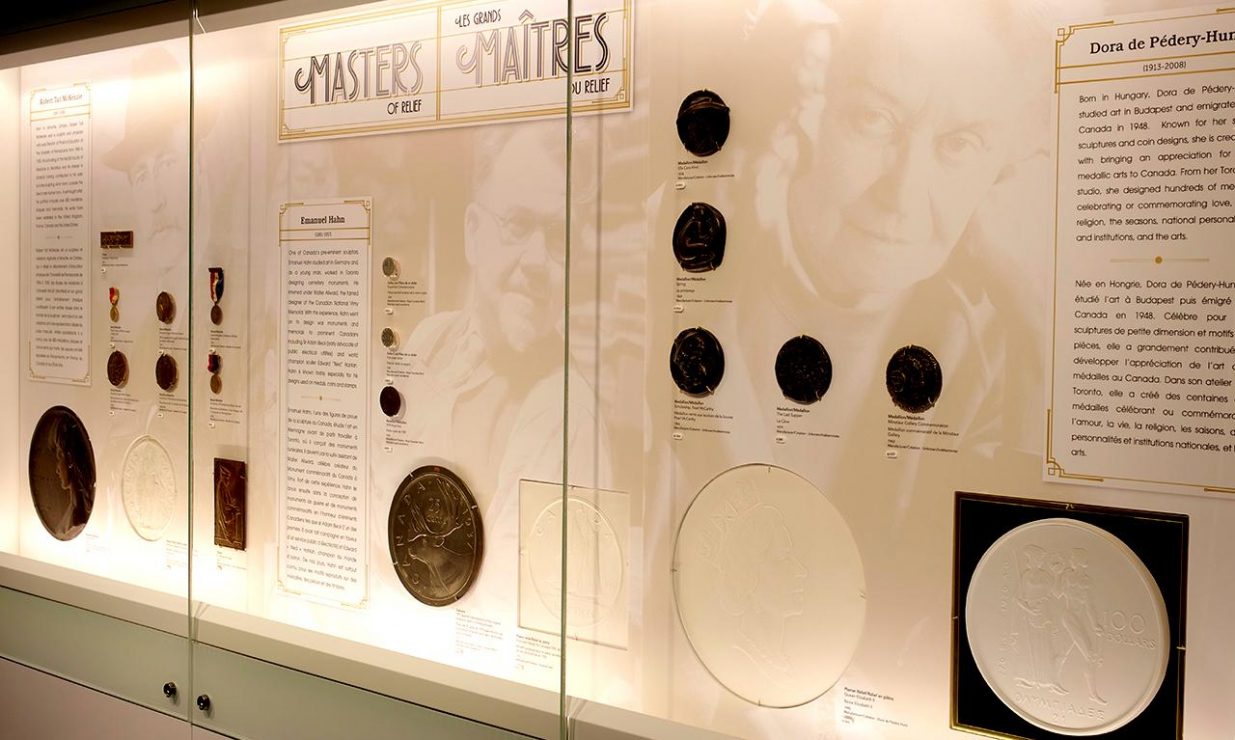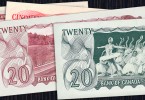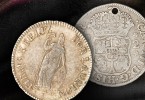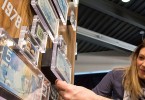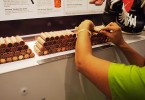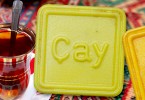Sculptor Dora de Pédery-Hunt
You will not see Dora de Pédery-Hunt’s signature on any coin, but you will see her initials on the Queen’s shoulder.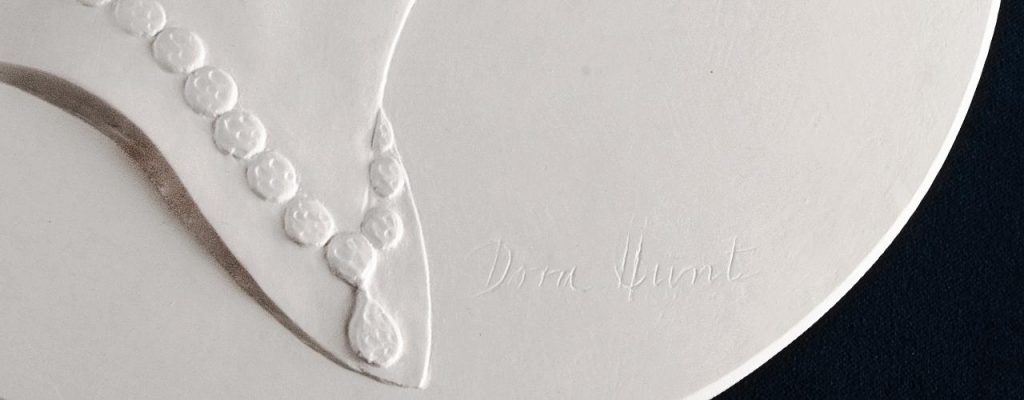
Limited Edition plaster reproduction of working model, #21 of 275. (NCC 2009.020.003)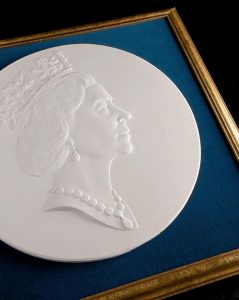
Dora de Pédery-Hunt’s work is as familiar as the change that jingles in your pocket. In all likelihood, you have come in contact with her work while using coins to pay for your morning cup of coffee. Dora de Pédery-Hunt was the first Canadian artist to design and sculpt an effigy of Queen Elizabeth II for coinage. Incidentally, this was the first time someone other than a British citizen had designed an official depiction of Queen Elizabeth II for this purpose.
When the Royal Canadian Mint (RCM) selected Dora’s design, she painstakingly began working on a clay model. All of the details had to be carefully considered, as the depth of the relief had to be suitable for producing coins. This model was then captured in plaster, where additional refinements could be made. Any errors could easily be corrected at this stage with the addition of more plaster. The size of the plaster is usually several times larger than the actual coin in order to capture all of the fine details.
At the time, there were many steps between the plaster model and the production of coins. Today, the process has been significantly refined. The plaster model is scanned in 3D and any final corrections or enhancements can be made digitally. Guided by this digital file, an engraving machine cuts the design into a piece of steel at the correct size of the coin. Known as a reduction punch, this piece of steel is then used to make the dies which will actually strike the coins. The tremendous pressure used to strike the coins wears down the dies, so the mint will periodically use the punch to create new dies.
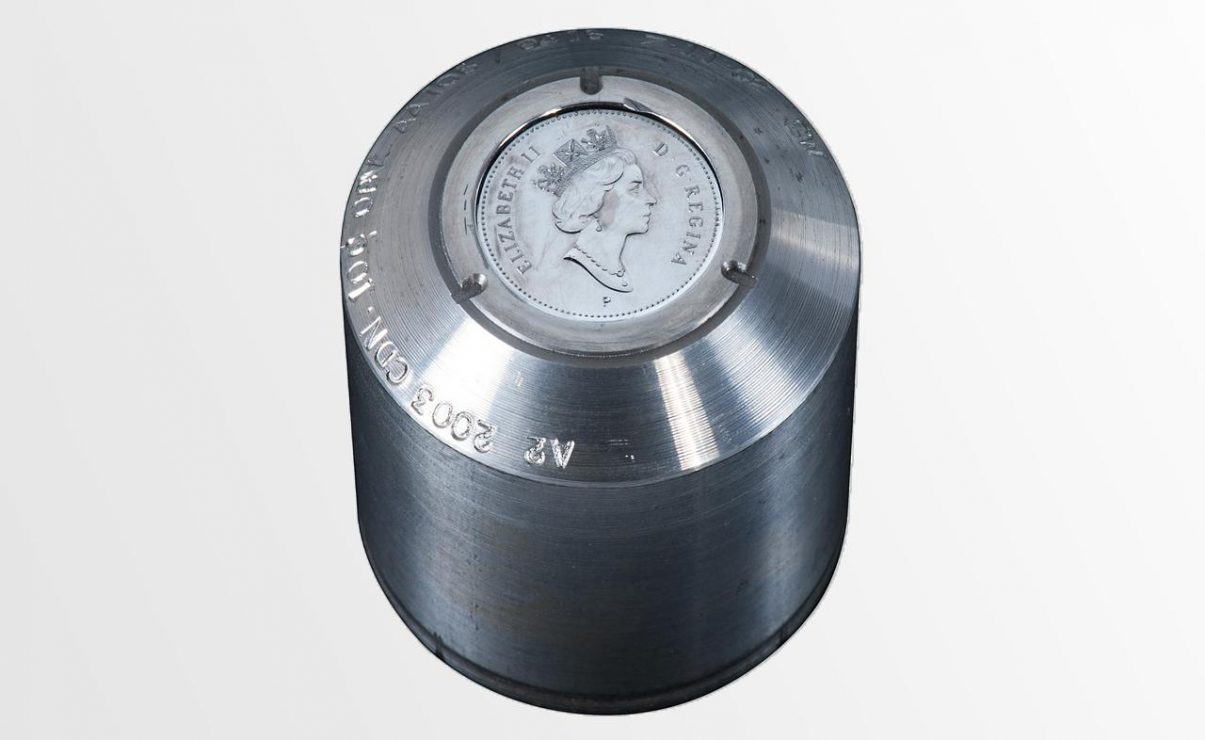
In 1999, the “P”, under the portrait on this punch, was added by the RCM to indicate a change in metal from nickel to multi-ply plated steel. (NCC 2010.058.006)
This portrait has appeared on all Canadian coins minted between 1990 and 2003.
The Museum Blog
Unpacking the Collection 1
By: David Bergeron
In the mid 60s, high denomination notes were in such low circulation that Bank of Canada Governor Louis Rasminsky and the Minister of Finance discussed the possibility of actually dropping the denomination altogether.
New Acquisitions
By: Paul S. Berry
The Canadian financial system of today is diverse… A little known but once prolific system member was loan and building societies. These firms made loans for the construction or purchase of property against mortgages as collateral.
New Acquisitions
By: Raewyn Passmore
Everyone loves getting presents, and we’re no exception. We recently received a very exciting donation of 50 silver coins. The collection was purchased in Lima, Peru, at an estate sale in the 1950s.
The Adventure of Exhibit Planning IX
By: Graham Iddon
Our little team from the Museum stood in the education space of the Sherbrooke Nature and Science Museum on a chill November morning while the exhibition technicians assembled our finished exhibition. Yes, finished.
An Exhibition Installation
By: Graham Iddon
You could work in the exhibition-fabrication business all your life and still run into things you wouldn’t expect: a never-ending series of “uh-ohs.” It’s one of the things that makes the job so interesting and demands a high level of creative problem-solving skills…
New Acquisitions
By: Raewyn Passmore
What do you think of when you think of money? Is it coins? Is it bank notes? Three-hundred years ago people weren’t sure bank notes were really money; it took a long time for them to get used to the idea.
Royal Canadian Numismatic Association Convention
The show… is an ideal opportunity for the Bank of Canada Museum to share a part of the National Currency Collection with Canadians. This year, we decided to tell the story of Canada’s phantom banks and the financial crisis of 1837.
